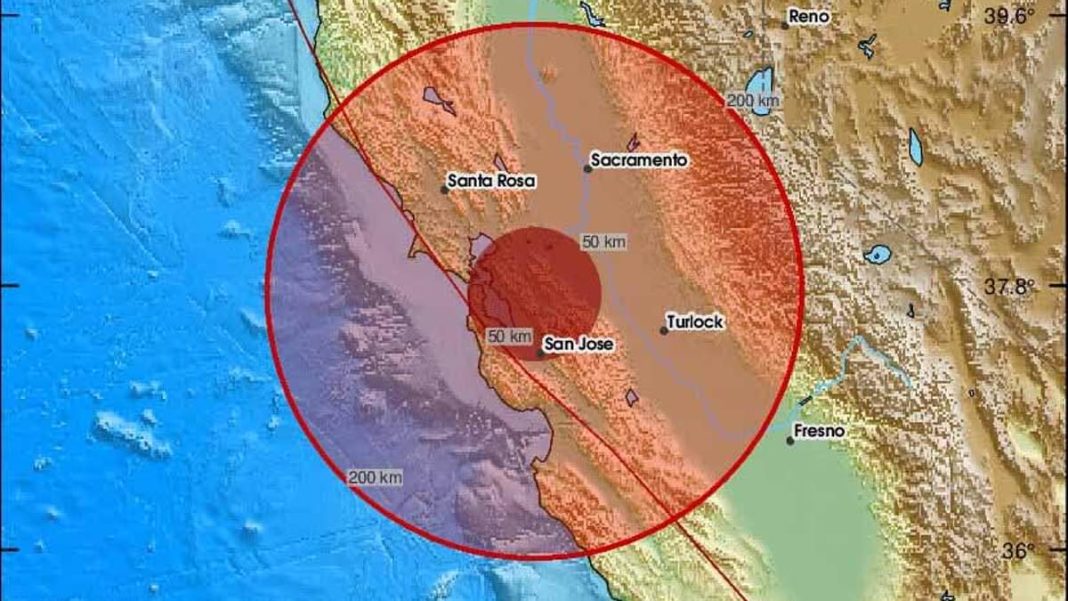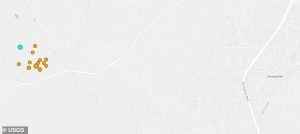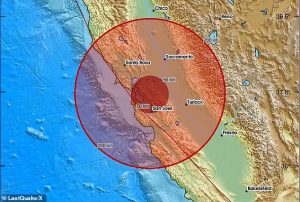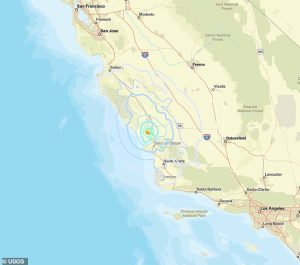Key Takeaways
- 13 earthquakes recorded in Templeton area since Tuesday
- Magnitude 4.1 main quake felt over 60 miles away
- No injuries or structural damage reported
- Region experiencing ongoing aftershocks
A sudden earthquake swarm has rattled California’s Central Coast, with 13 tremors recorded near Templeton and San Luis Obispo since Tuesday afternoon. The seismic activity began with a magnitude 4.1 earthquake that sent shockwaves across the region.
Earthquake Swarm Details
The US Geological Survey reported all earthquakes centered within a one-mile area. The latest aftershock measured magnitude 2.0 on Wednesday morning, following a stronger 3.3 magnitude quake just three hours earlier.
Local winemaker Brad Ely described the impact: ‘It felt like I had been hit by a truck.’ The quake toppled bottles and glassware at his Paso Robles winery, though no structural damage occurred.
Regional Impact and Response
Residents from Salinas to Lompoc—over 60 miles apart—reported feeling the initial 4.1 magnitude quake. Templeton resident Paula Scallan said, ‘I was in my bedroom, and it felt literally like my roof was going to cave in. It just shook.’
Wine distillery owner Joe Barton noted similarities to the 2003 earthquakes: ‘Everything was on the floor, not dissimilar than it was back in 2003.’
San Andreas Fault Connection
The Templeton area sits near the 800-mile-long San Andreas Fault, California’s primary seismic boundary. Geologists warn that ‘The Big One’—a massive earthquake exceeding magnitude 7—could strike at any time.
USGS projections indicate such an event could reach magnitude 8.2, causing approximately 1,800 deaths, 50,000 injuries, and $200 billion in damage.
Scientific Context and Warnings
Earthquake expert Angie Lux from Berkeley Seismology Lab stated experts are ‘fairly confident that there could be a pretty large earthquake at some point in the next 30 years.’
A recent study published in the Proceedings of the National Academy of Sciences analyzed similar fault behavior in Myanmar. Researchers found mega-earthquakes strike every 141 years on average, with the San Andreas last experiencing a major rupture in 1857—168 years ago.
The study revealed fault lines never rupture identically, complicating disaster preparedness efforts. While Southern California and Bay Area typically receive focus, scientists warn the Central Coast could unexpectedly become the epicenter of the next major quake.








